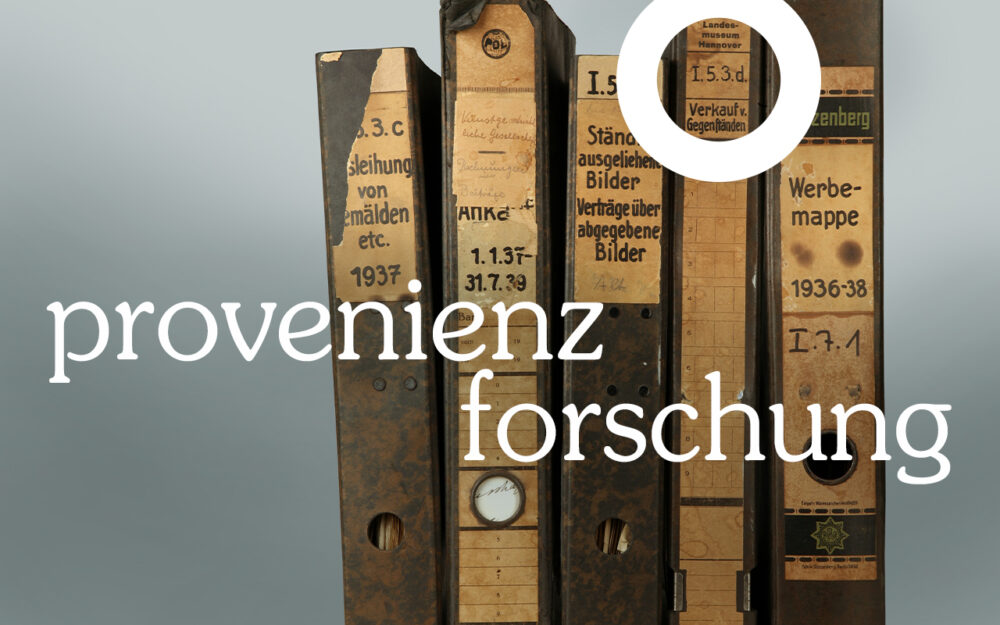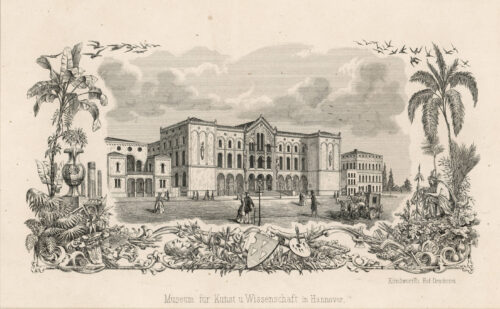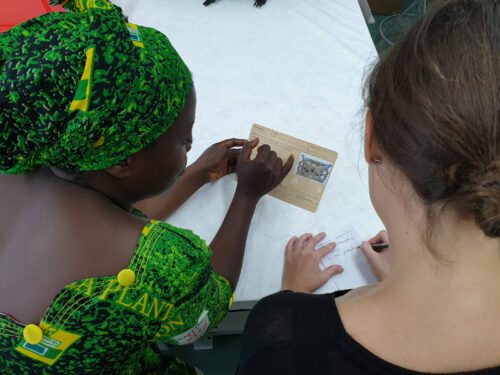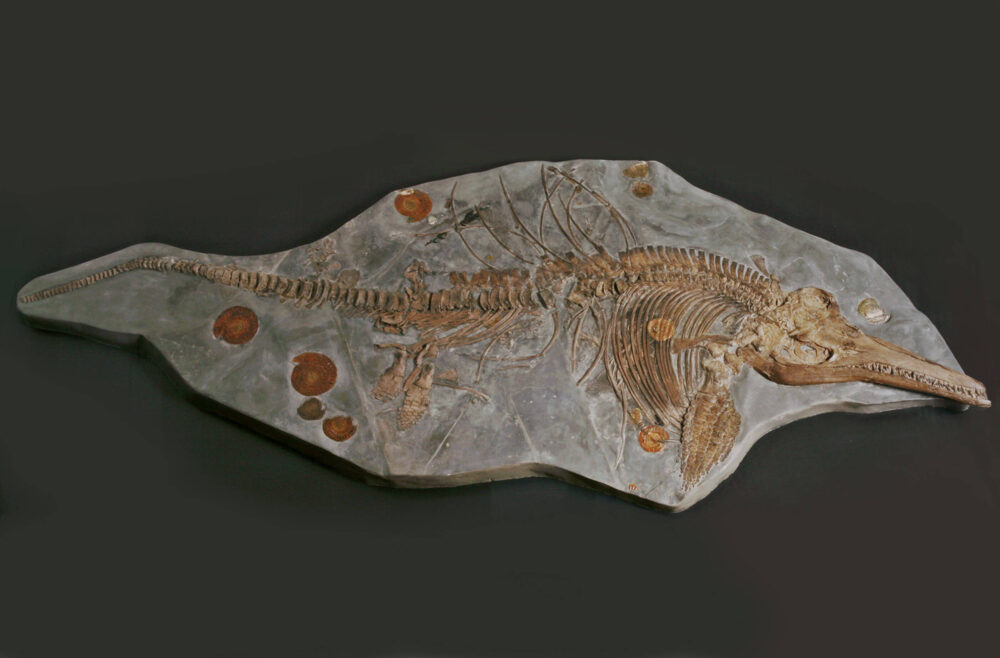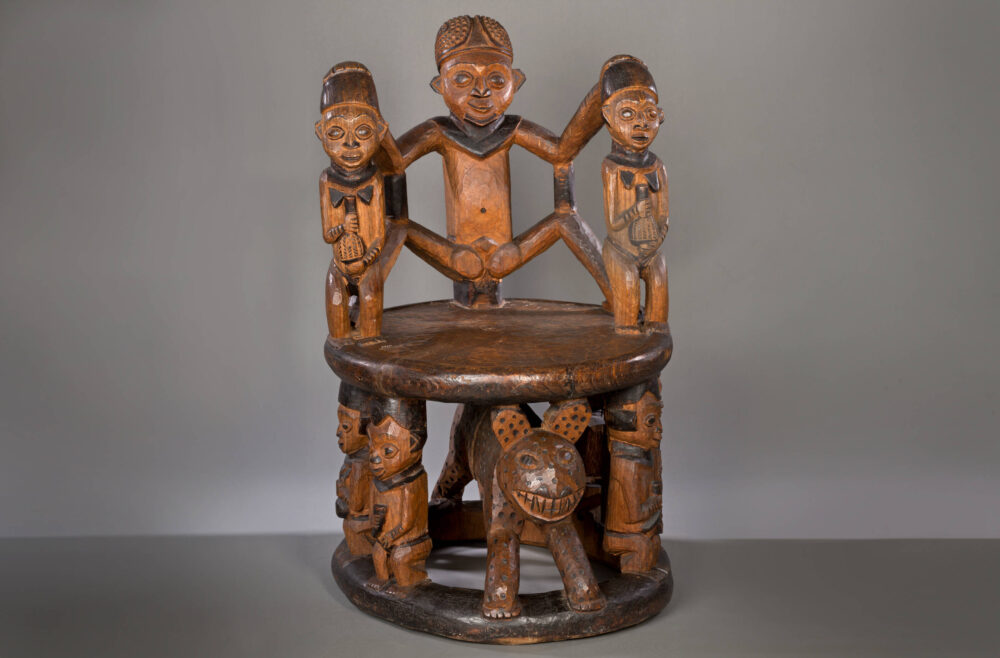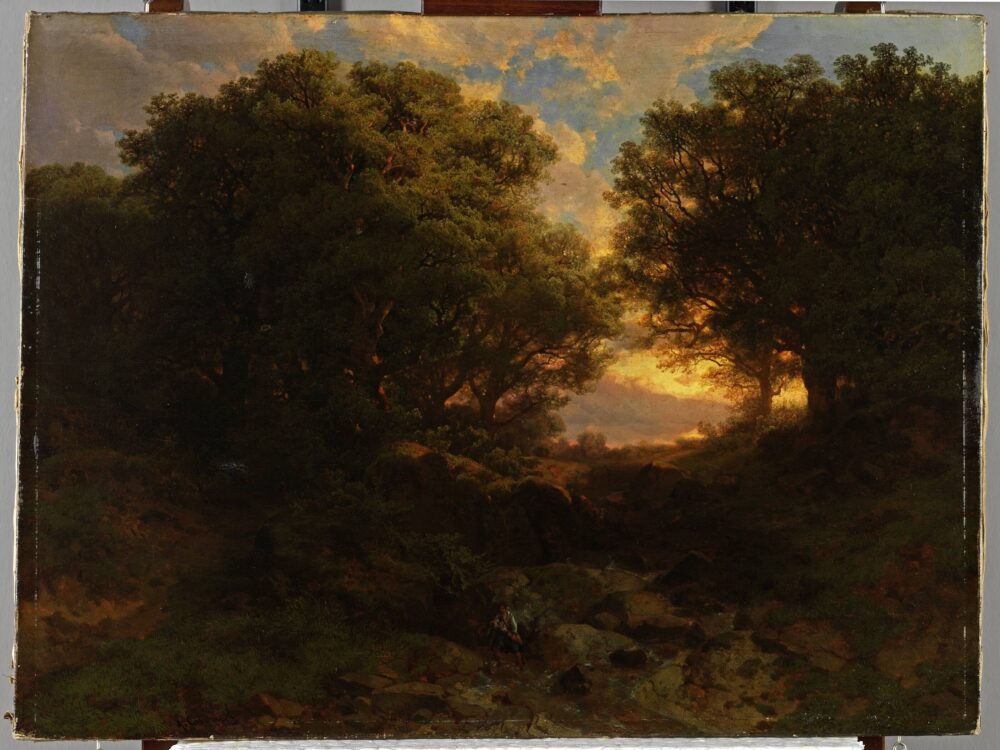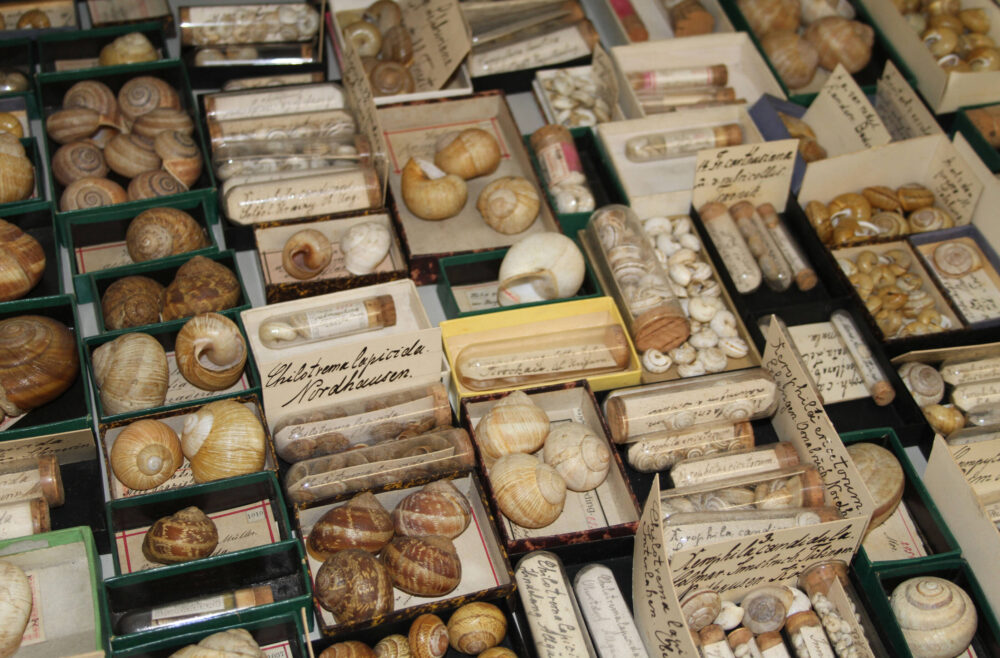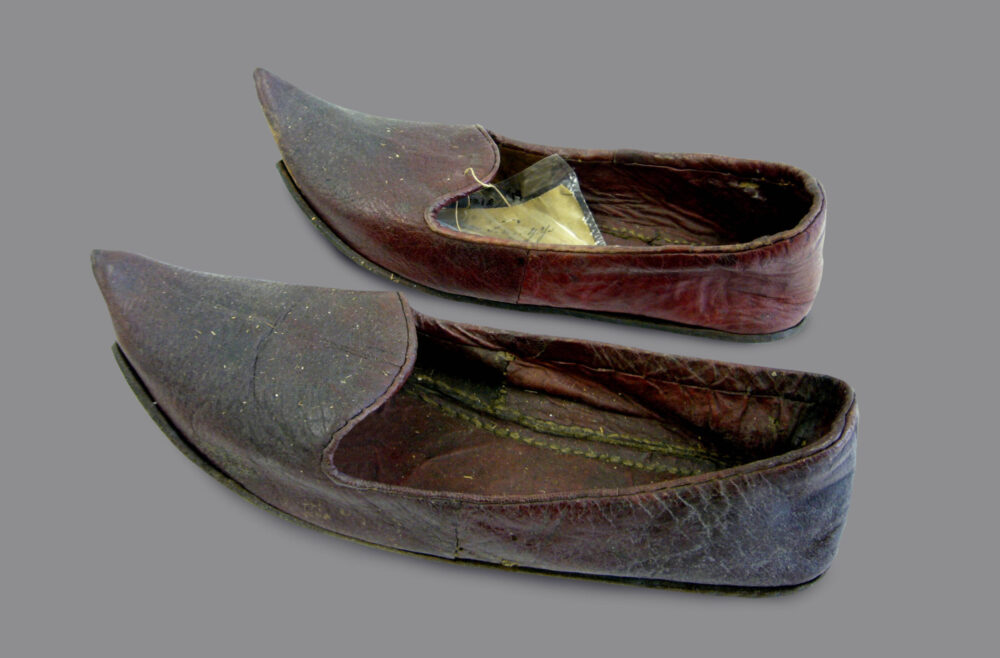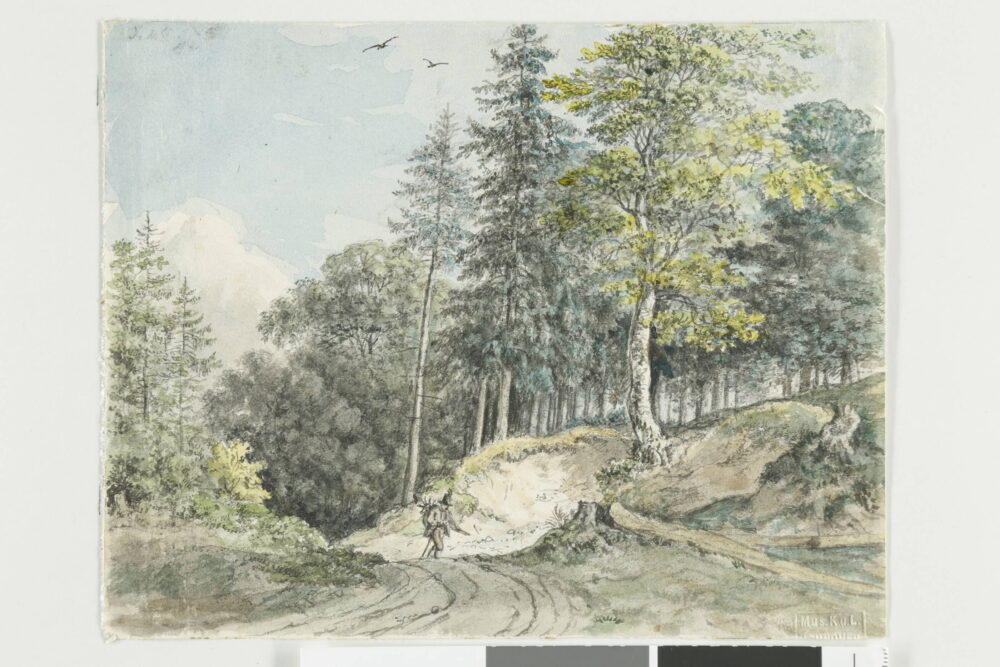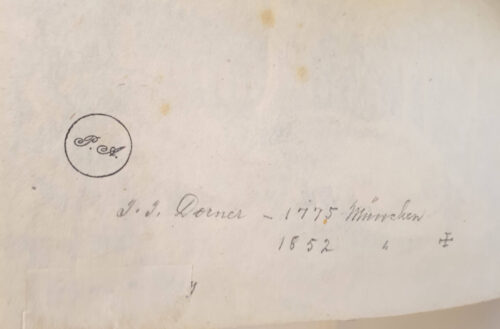Sa, 27.04.2024
Visit to an experimental station for agricultural field researchNew types of grain, fertilizers and pesticides go through a long-term test phase in Germany. At the end they are tested in the open field. The company Field Research Support from Wunstorf, which has been carrying out field tests on horticultural and agricultural crops for many years, introduces itself here. After an introductory presentation, field trials in the immediate vicinity of the site are visited.

